Corregidor Island Historical Walking Tour – A Journey to the Past
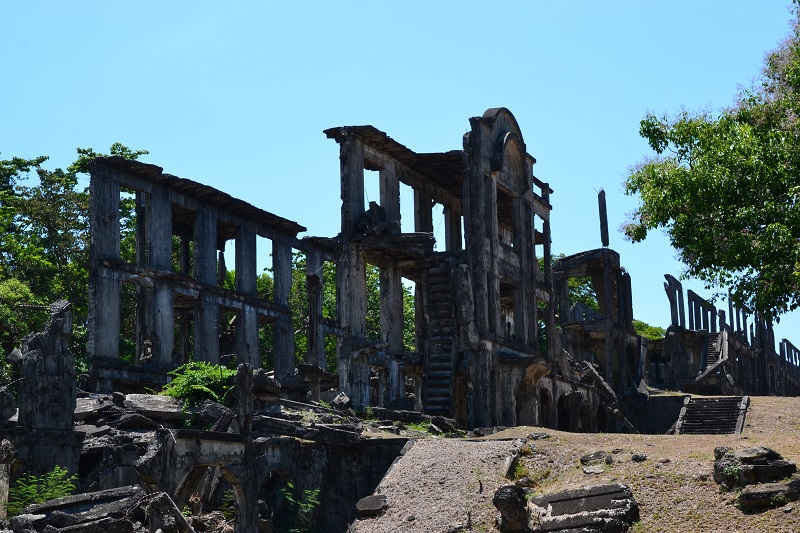
Top Side Mile Long Barracks
Corregidor Island was a major military fortress developed by the US government from 1908 to 1922. When World War II broke out in 1939, many important and tragic battles between the US, the Philippines and Japan occurred on the island. At present it is a tourist attraction maintained by the Corregidor Foundation.
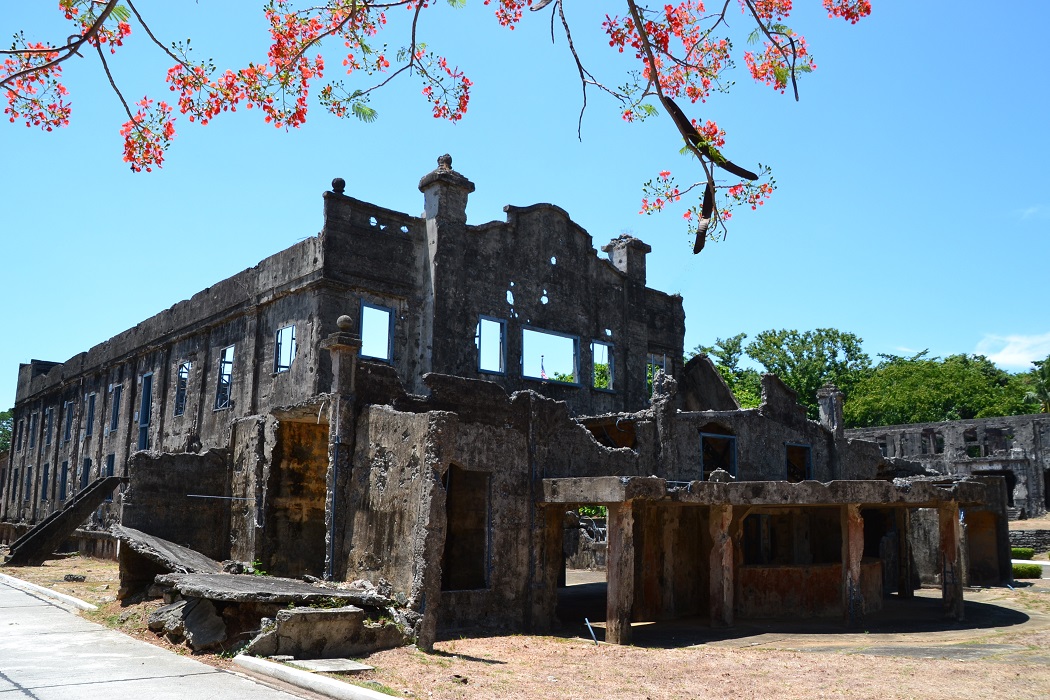
The ruins of a cinema
As I sat on the ferry for the 90-minute trip from Manila Bay to Corregidor, a documentary about Corregidor Island was showing on an LCD TV. It featured veterans who were deployed at Corregidor during the war.
They talked about the island’s fall to Japanese forces, their struggles while in captivity, death of comrades, and the hard-fought battles before the island was liberated by Allied forces. Their stories offered a glimpse into the island’s harrowing past.
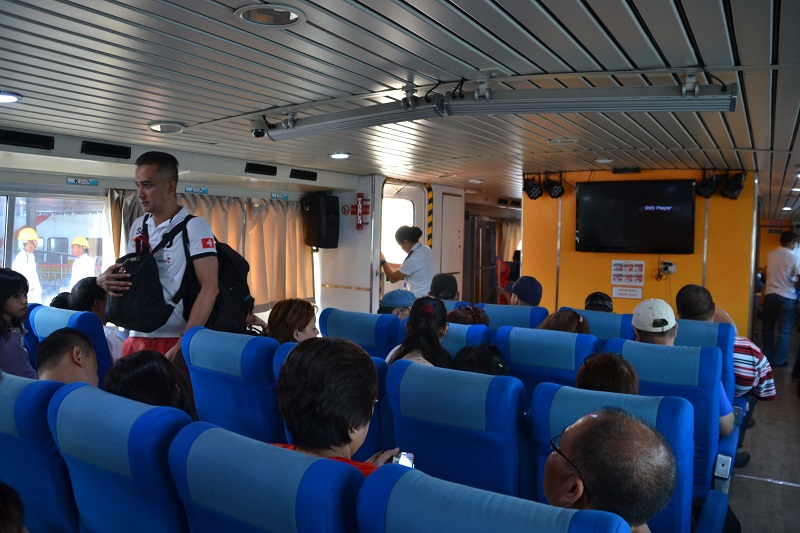
Inside the Sun Cruises ferry
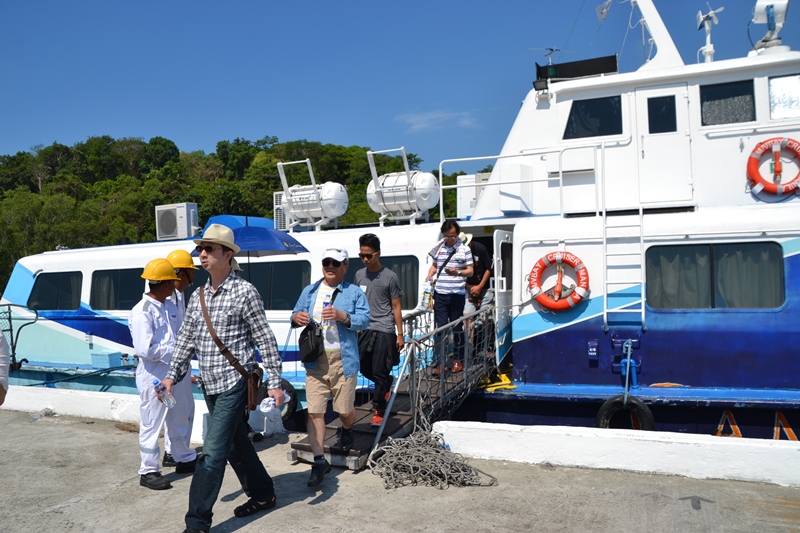
Landing at the wharf
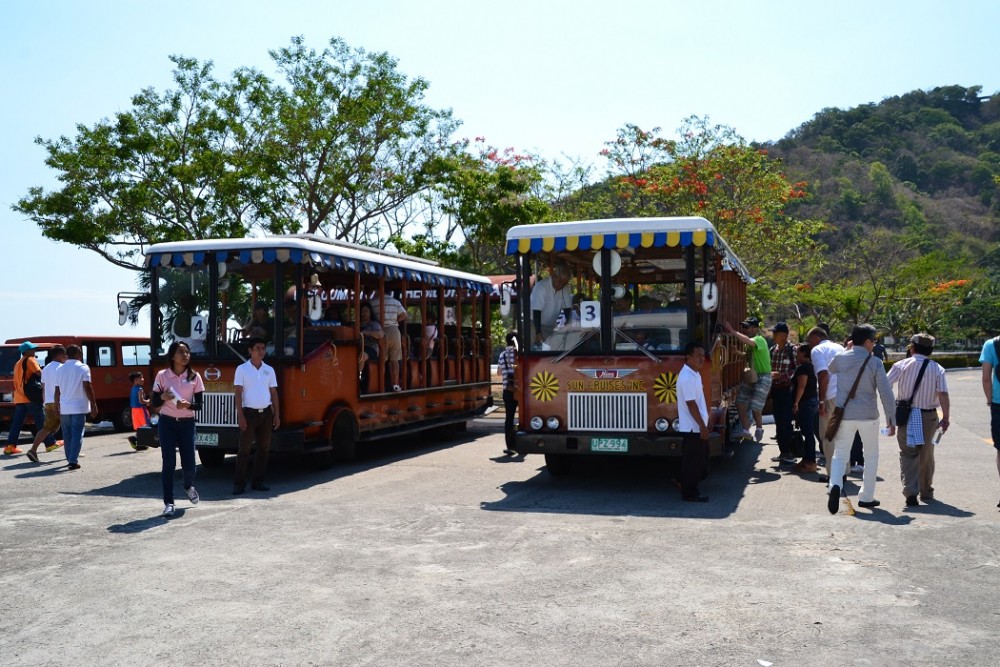
Upon arriving on the island several numbered trams were parked at the meet and greet area and each tourist was guided to their assigned tram. I was there for the historical walking tour and along with fellow tourists was welcomed by our guide and driver Mang Ed.
If you look at it on a map Corregidor Island may seem small, but once you begin exploring it you’ll realise that it’s not as tiny as it seems. That day, I joined a group of four American travellers and as Mang Ed drove us in an open-air shuttle through the winding roads that went through the hills, I could tell that it was somewhat going to be a long and physically-challenging day, but a very insightful one not to say the least.
Points of Interest
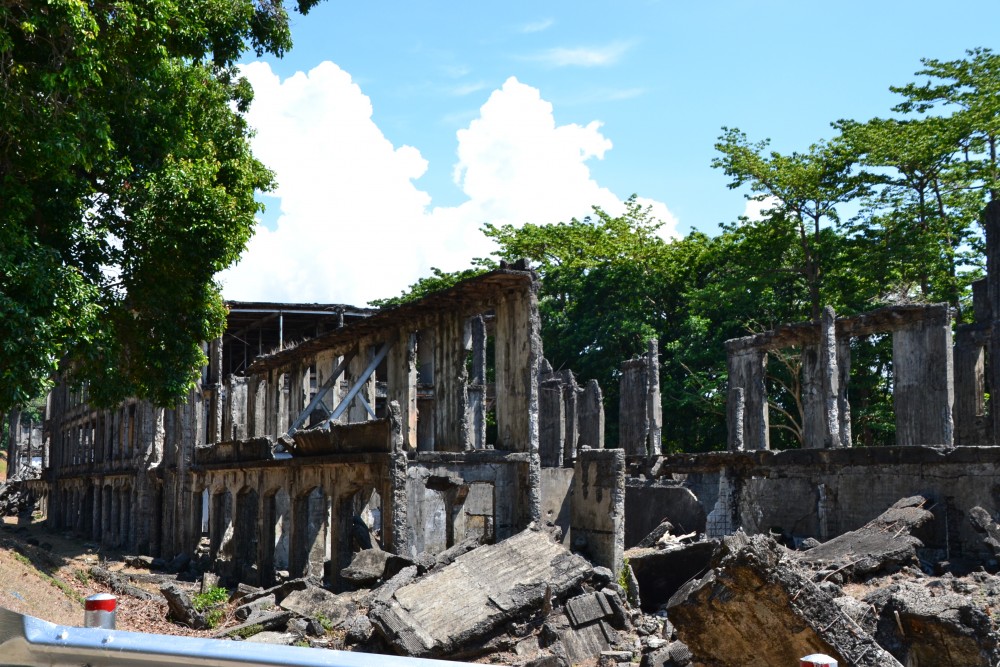
Middleside Barracks
Our first stop was the Middle-side Barracks, a row of rectangular buildings of which only the frames remain. Each building housed at least 2,500 Filipino and American soldiers. The buildings were bombed by Japanese forces on Dec 29, 1941.
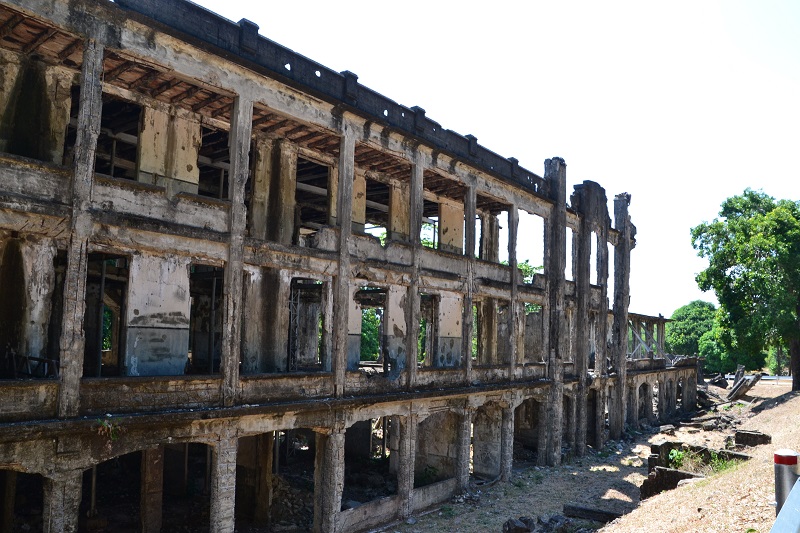
Battery Way
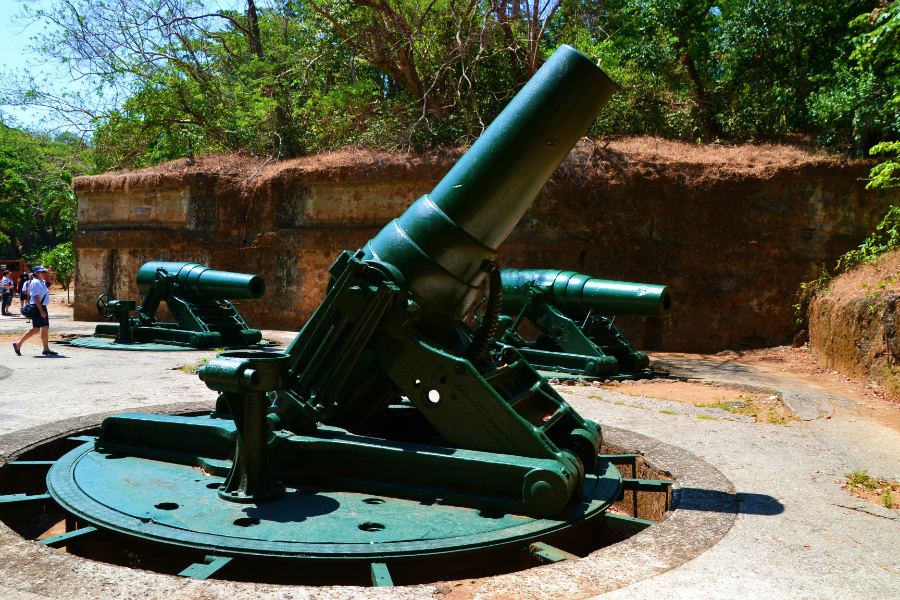
Guns of Battery Way
At Battery Way, tourists can view some of the most powerful weapons installed on the island. Each mortar above required at least five soldiers to operate. These massive guns could hit targets as far as Bataan Province.
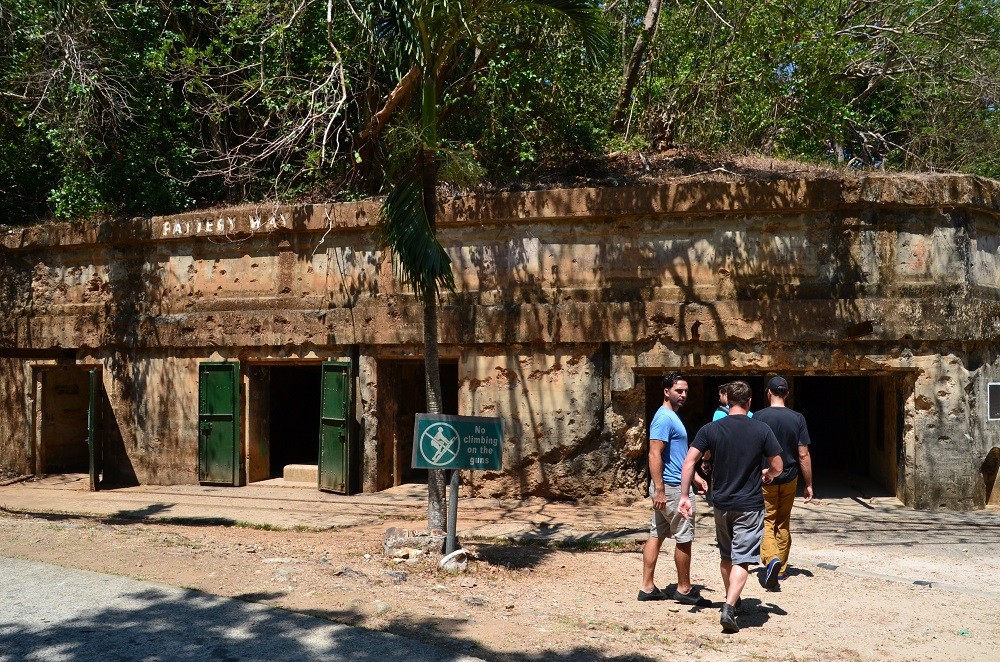
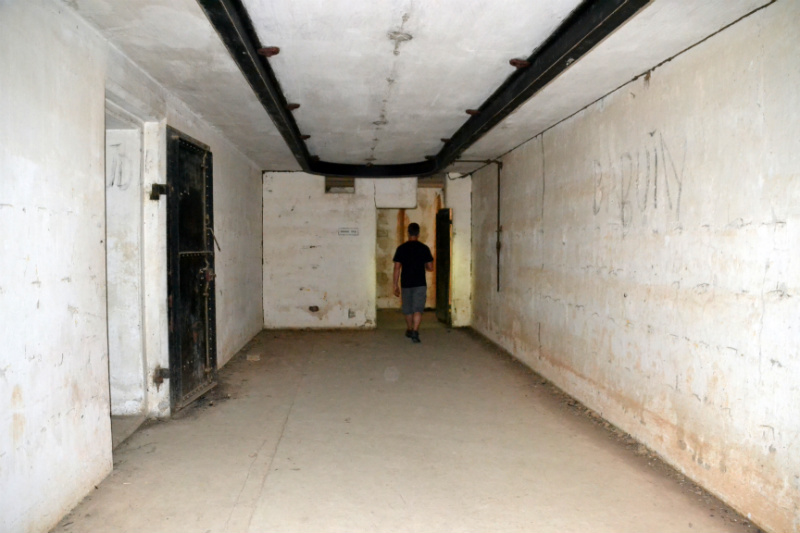
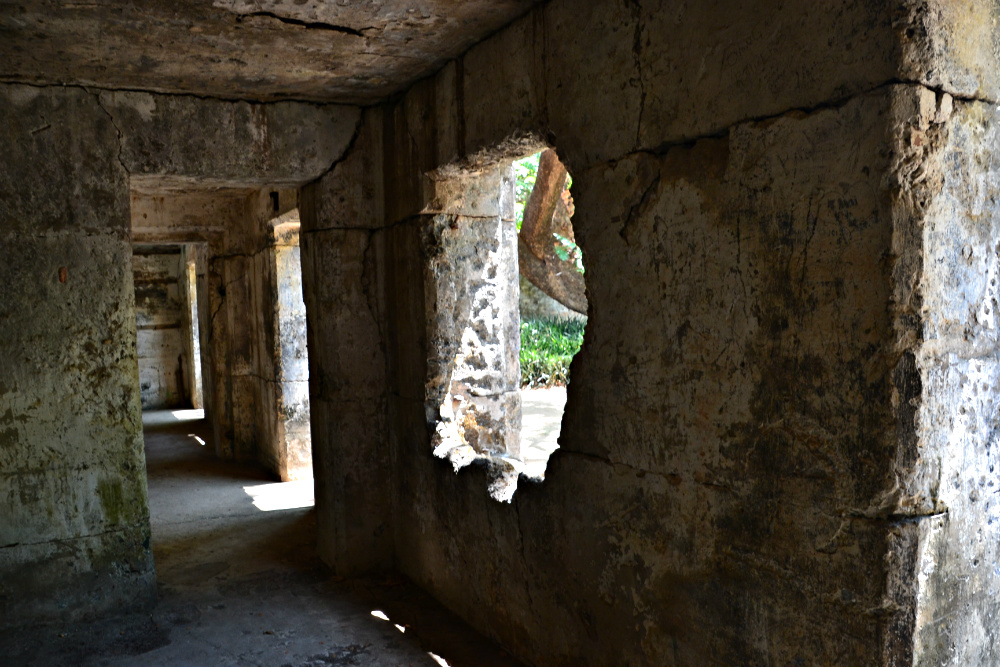
As we moved on, Mang Ed narrated the story of each site. He was practically a walking encyclopedia of Corregidor, and since we were moving at a rather fast pace and it took time to read sign boards, it was convenient to have him nearby if you had any questions.
Ruins of a Hospital
Before the invasion, Corregidor Island was a complete community with a grocery, a theatre, military quarters, sports facilities, and a large hospital which sadly was not spared from the shelling in 1942.
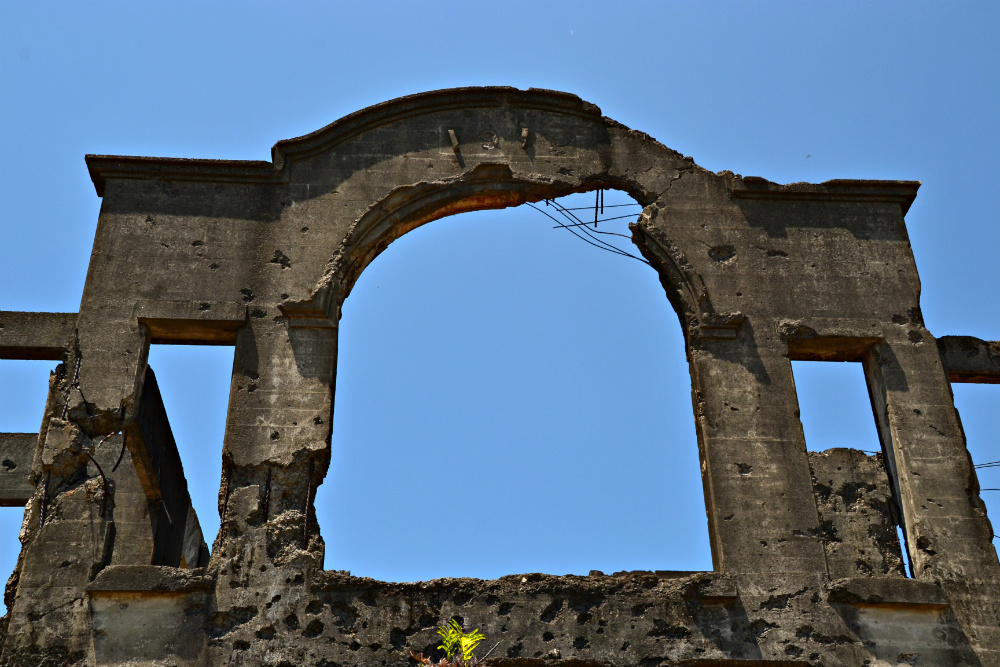
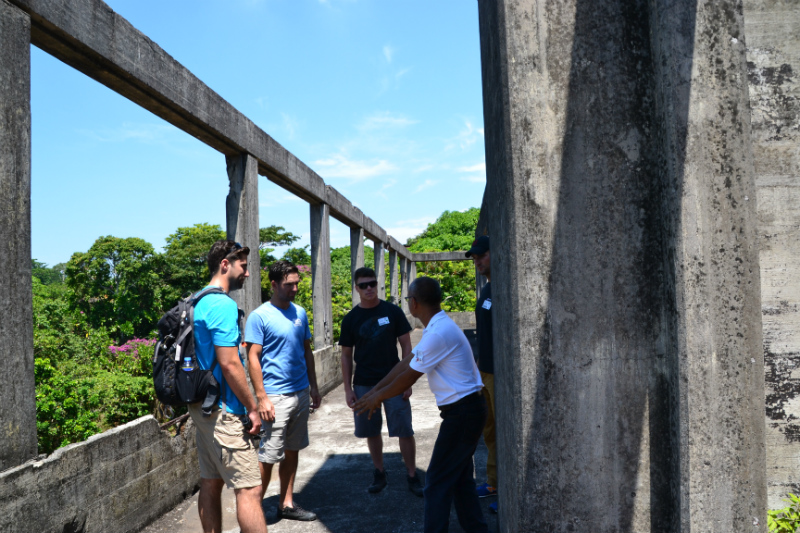
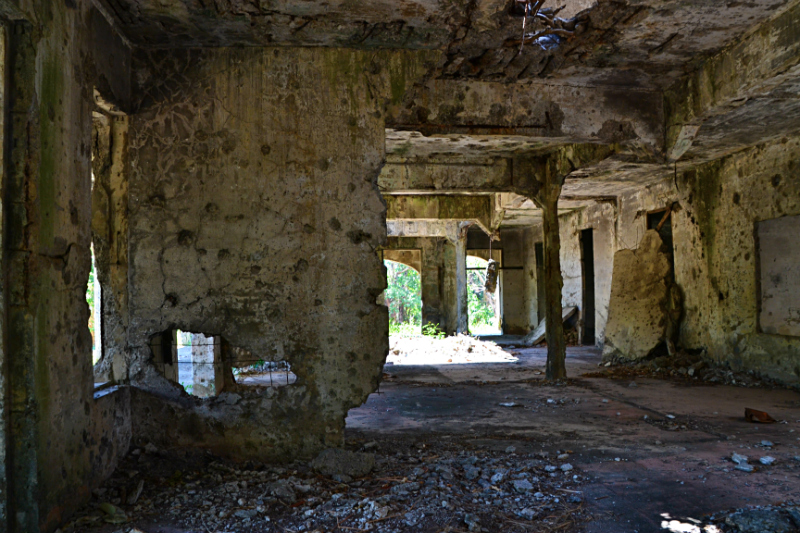
Topside Mile Long Barracks
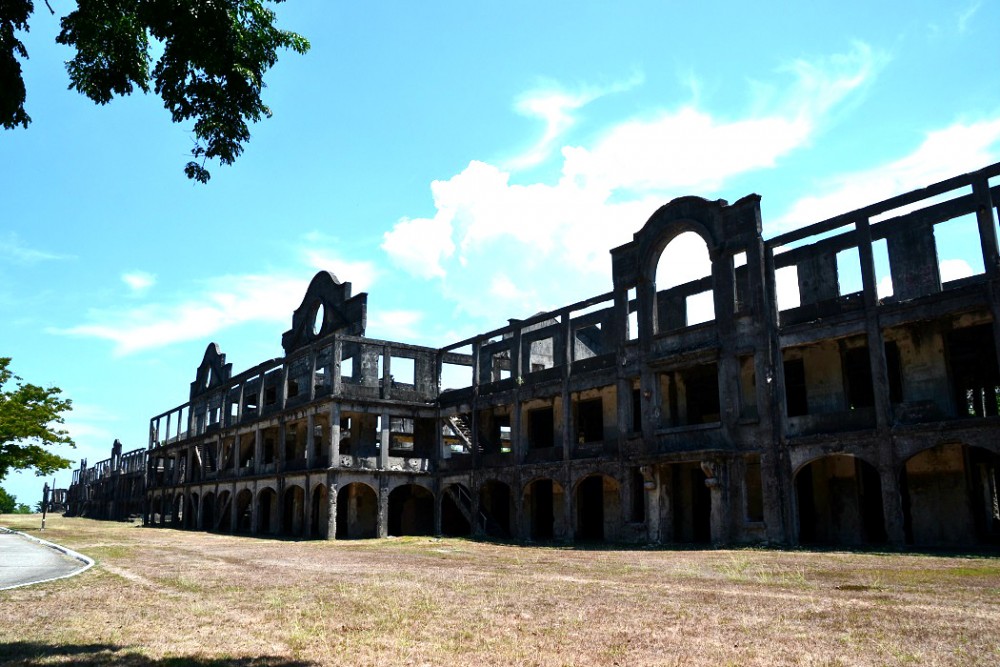
The island was divided into sections namely the top-side, middle- side, bottom-side, and tail side. At the top-side we came across the Mile Long Barracks, which housed 4,000 American and Filipino troops. The building is perhaps the one structure on the island that remains most in tact.
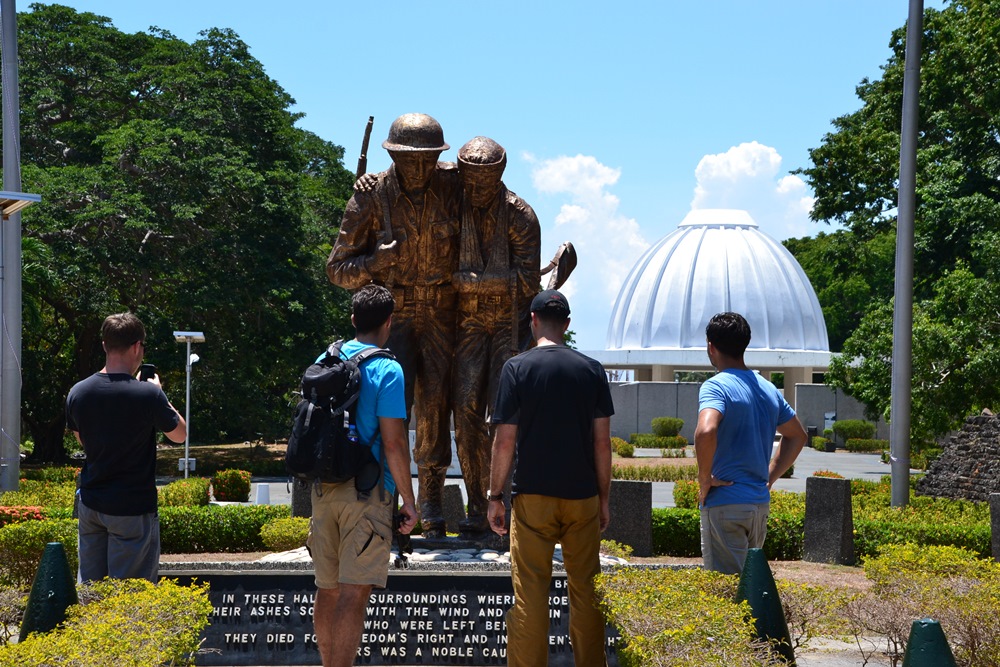
The Brothers in Arms monument represents the Philippine-American partnership during WW2
The Pacific War Memorial
The Pacific Ware Memorial was built to honour the thousands of Filipino and American men and women in military service who lost their lives during the war. Beside the memorial is an exhibit of WW2 paraphernalia where visitors can learn more about the island’s history and the war in the Pacific Region.
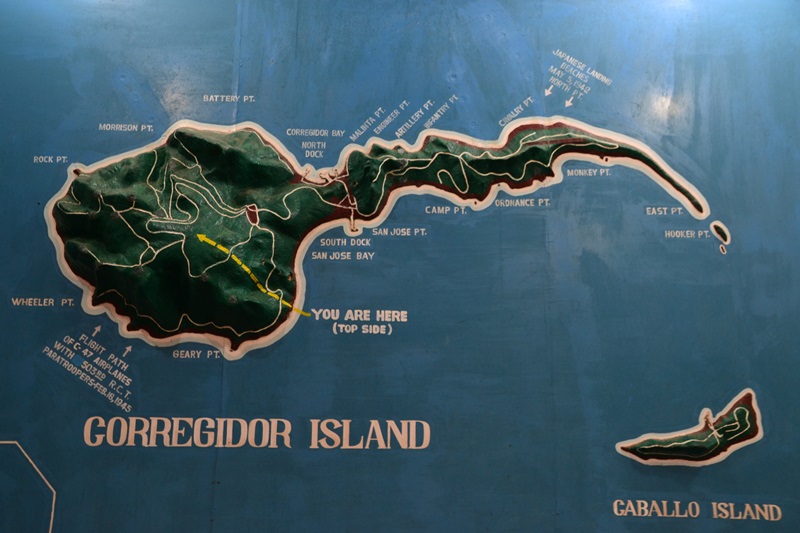
An aerial image of the island
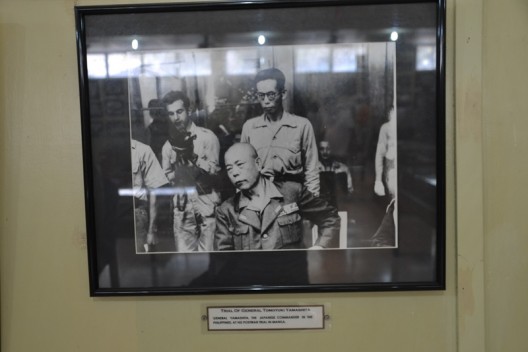
General Yamashita before his trial and execution.
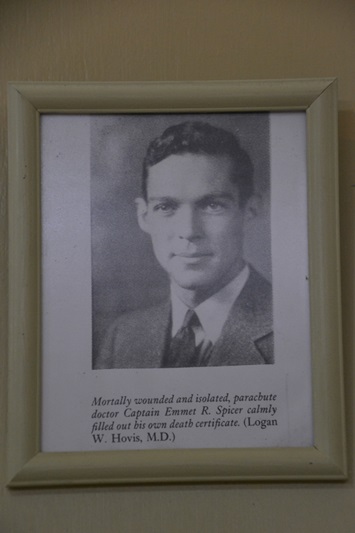
One of several pictures of war heroes on display at the Corregidor Museum
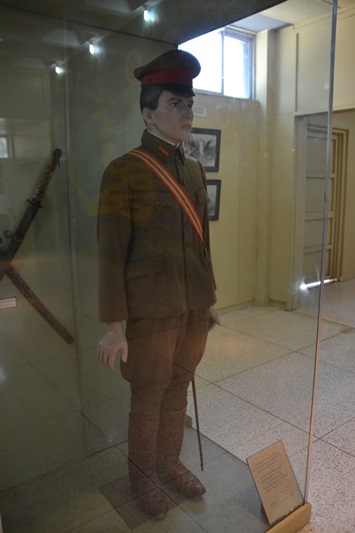
Uniform of an Imperial soldier
The Lighthouse
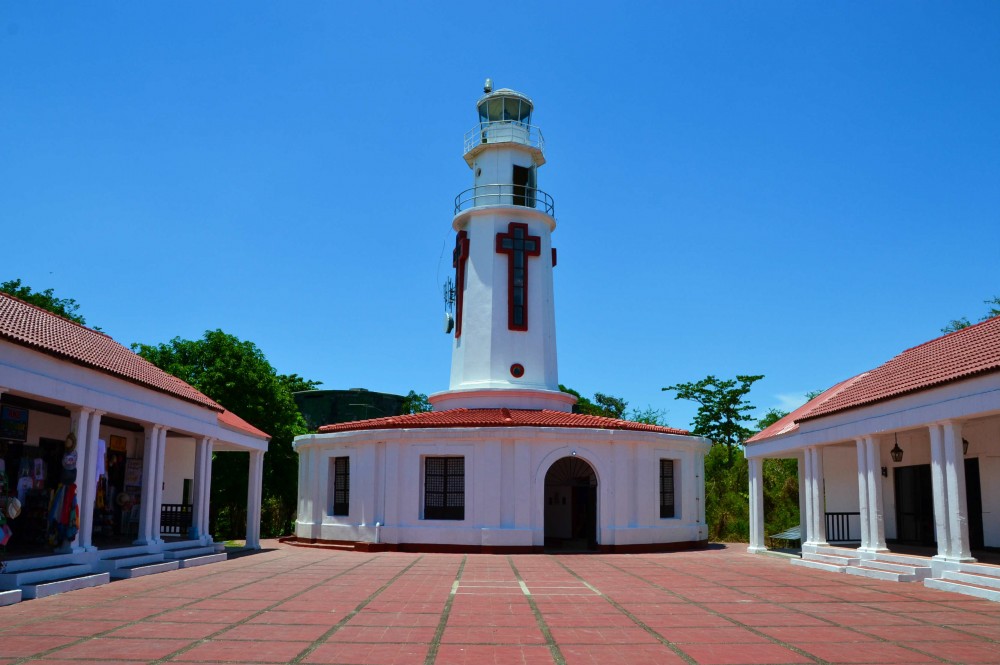
This lighthouse is the only remnant of the Spanish regime on the island. It was constructed in 1853 to guide vessels entering into Manila Bay and was utilized by the Americans after the Spanish left. The lighthouse was severely damaged during the war, but was repaired after and to this day is used to guide incoming vessels.
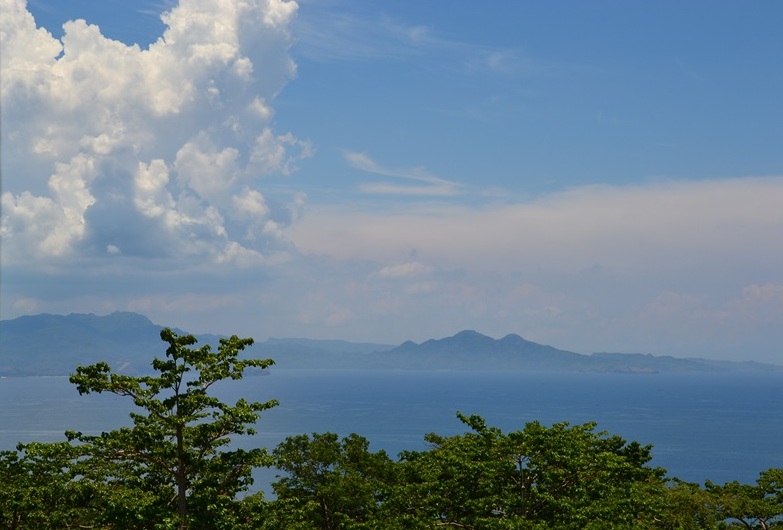
A view from the top of the lighthouse
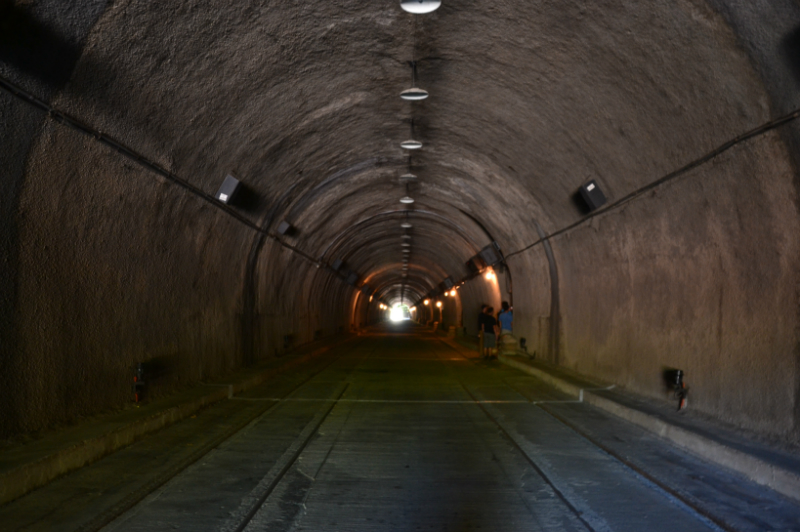
Malinta Tunnel
Of all of the sites we visited the Malinta Tunnel was the most intriguing one. It stretches 253 meters from east to west and had served as a bunker for hundreds of soldiers during the bombings. Deep within the tunnel there are smaller tunnels which served as a barracks, offices, and medical centers.
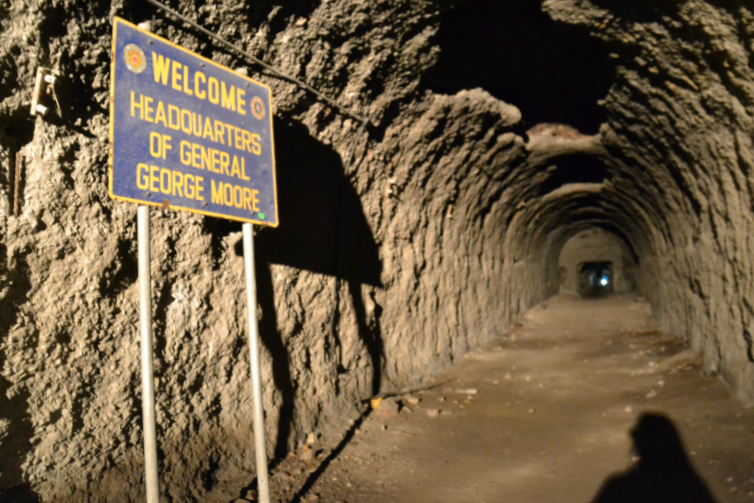
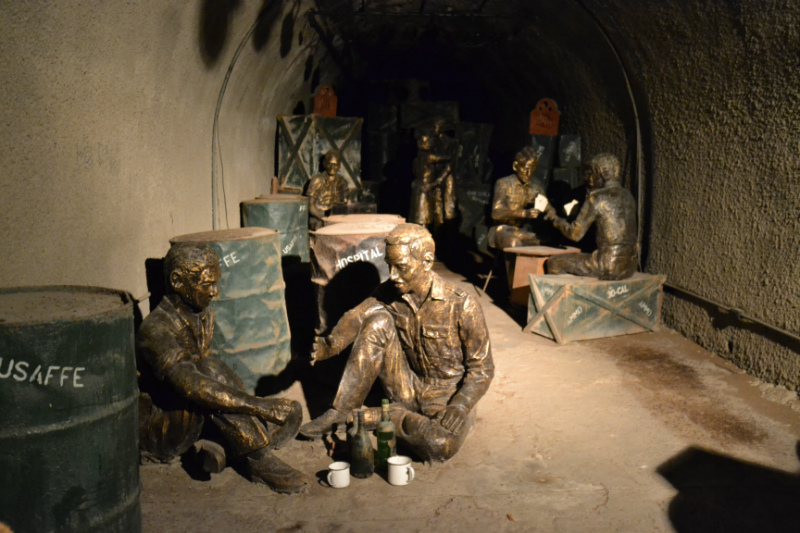
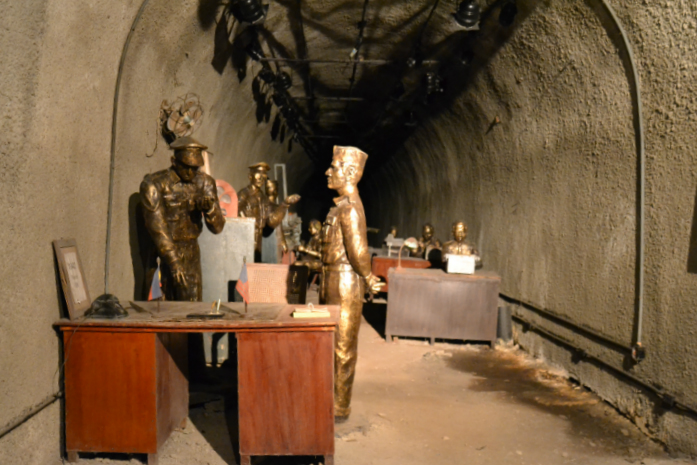
We navigated deeper into a lateral using flashlights and as we walked further I noticed a drop in temperature and a cool breeze which came from a chasm designed by a military engineer for ventilation. Unfortunately, as much as I wanted to take pictures, the tunnel was pitch dark and my camera couldn’t pick up anything.
On our way back to the main tunnel, our guide instructed us to switch off our flashlights so that we could briefly experience what it was like for the men and women who blindly walked through that same path during those troubled times. It was quite an experience.
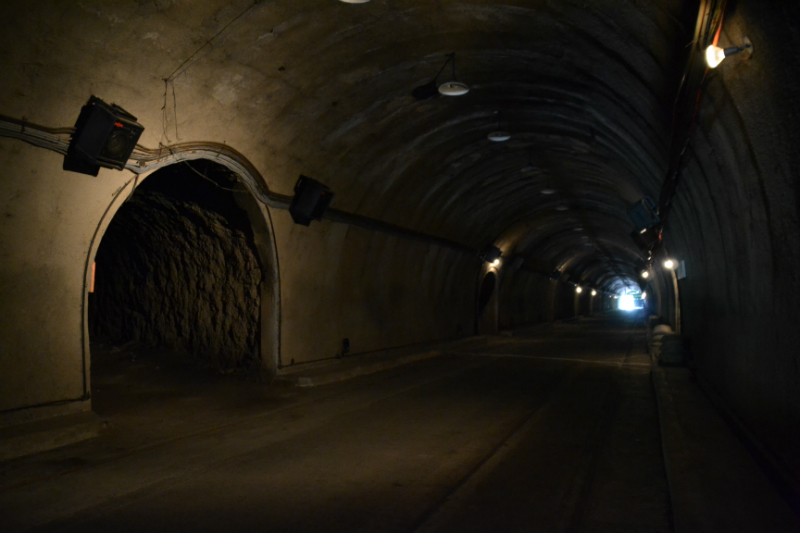
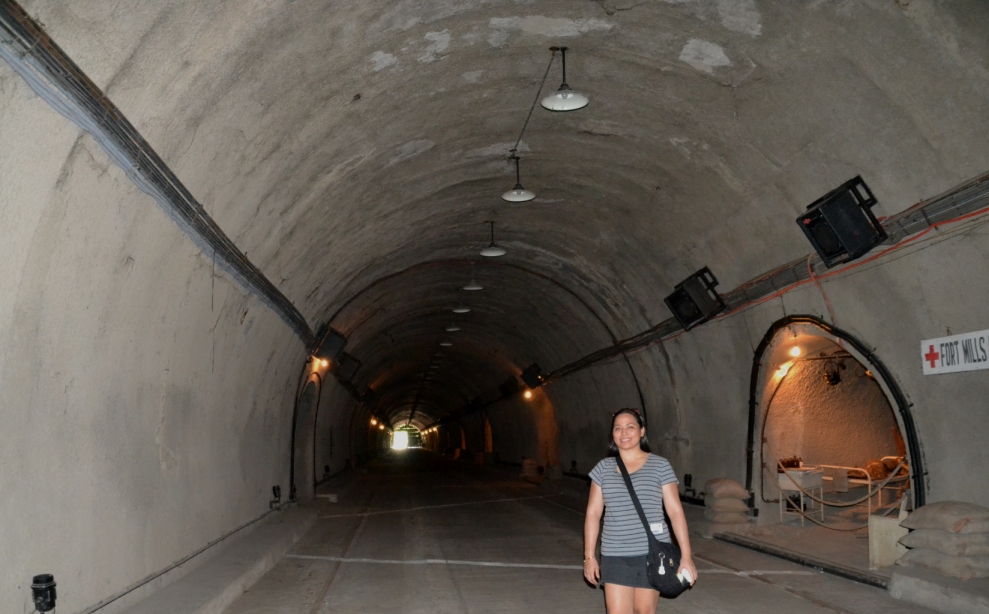
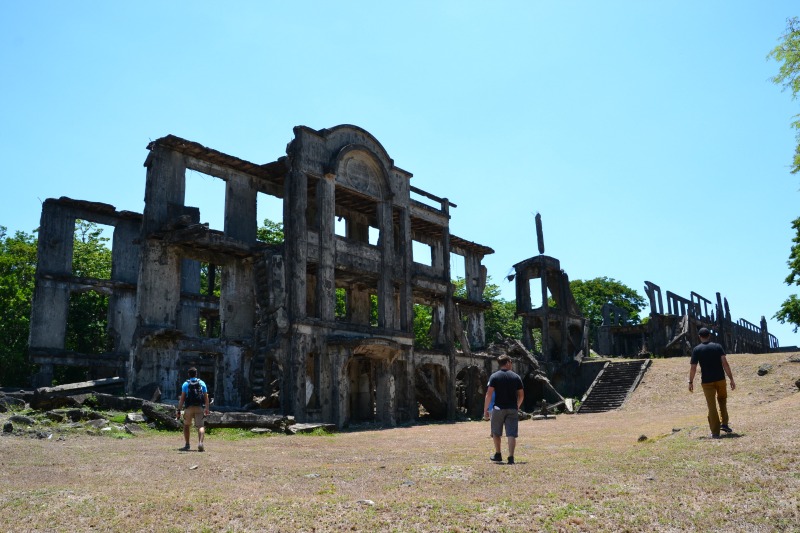
Corregidor Island came under continuous shelling for two weeks during the Japanese invasion in 1942 and once again in 1945 when American forces bombarded the island in order to regain control of it.
Only the skeleton of each building remains, and if you look closely you will see holes on doors and shattered walls which remind you of the frightening impact of each bomb that was dropped. After the war around 16,000 shells were gathered.
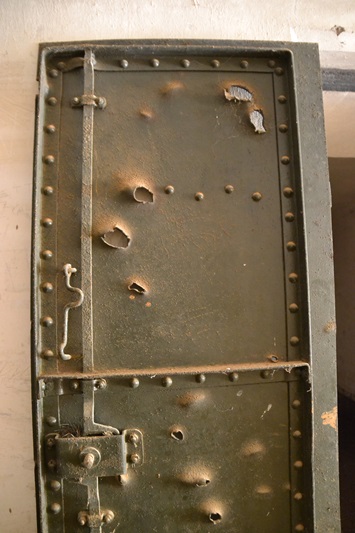
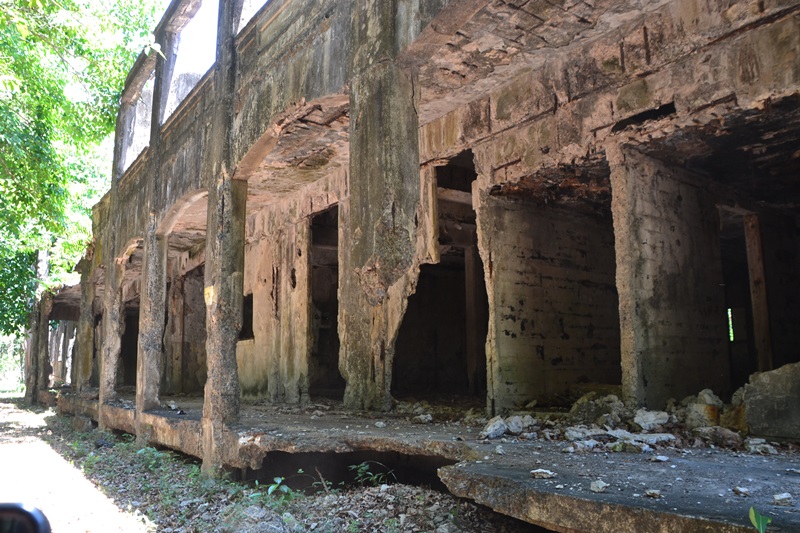
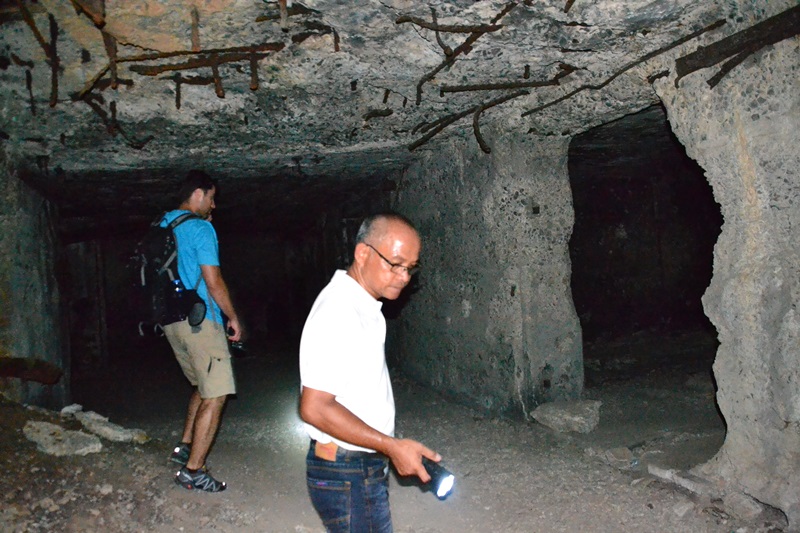
All over the island there are reminders of its violent past, a bullet hole, a shattered wall, or a memorial. However, at the end of our day I did sense an air of peace and redemption here. Our guide Mang Ed dropped us off at the hotel where we had a short rest before proceeding back to the wharf.
The whole day felt like an amazing race challenge, tiring but well worth it. It was a deep delve into history that gave me a deeper appreciation of the island and its significance during the war, its haunting ruins, and the incredible stories of heroism by USAFFE and Philippine troops.
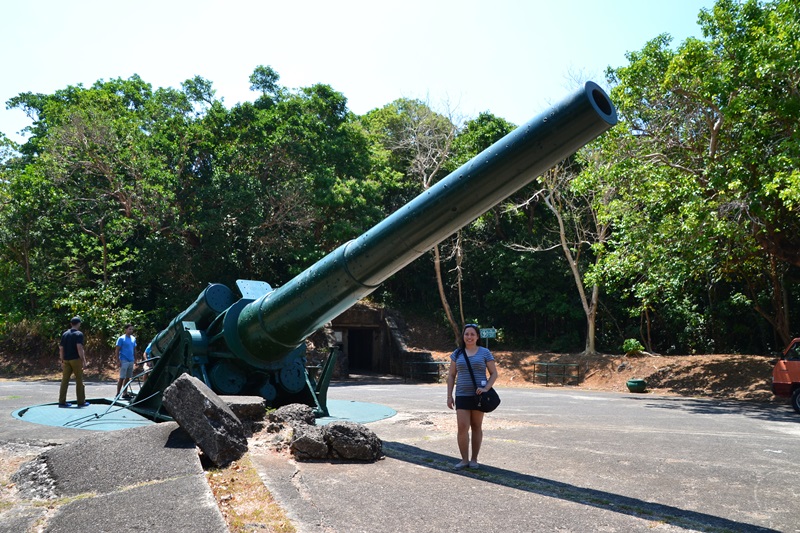
On a very hot day, you may want to bring an umbrella with you.
Check out the Manila Bay Boat Tour here
Photography by Iza Sanchez
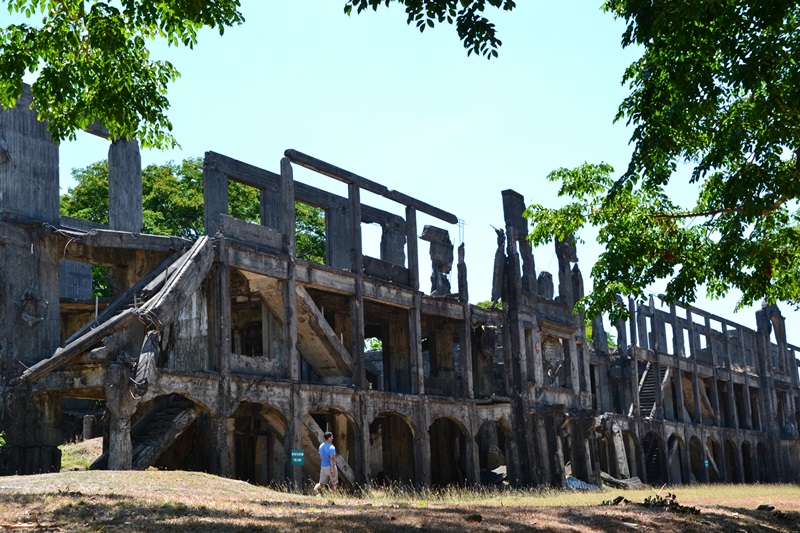
The Mile Long Barracks
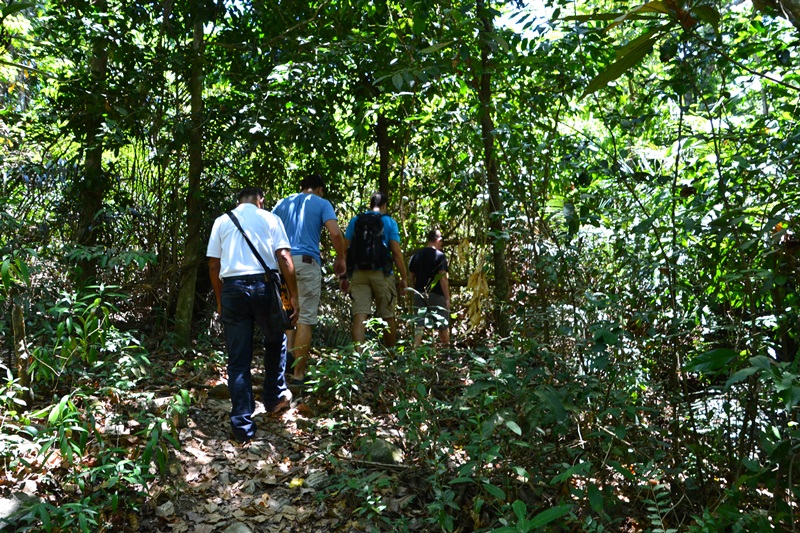
Walking through a forest to see a hidden tunnel
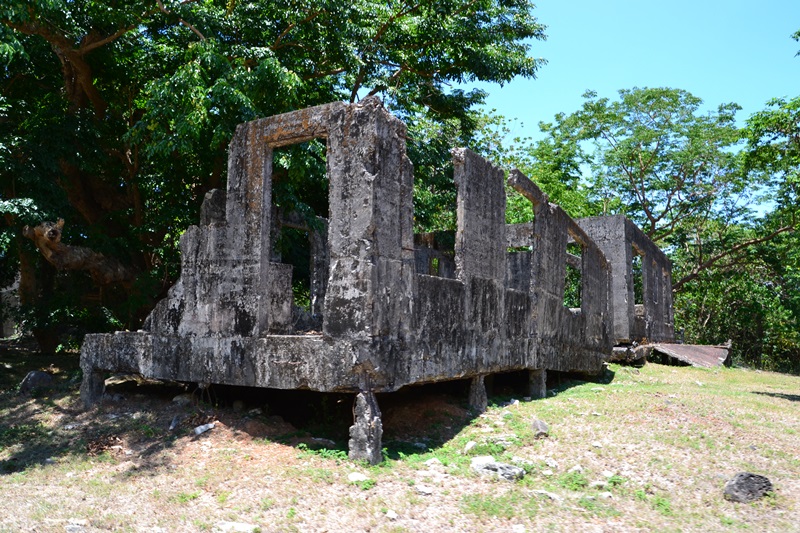
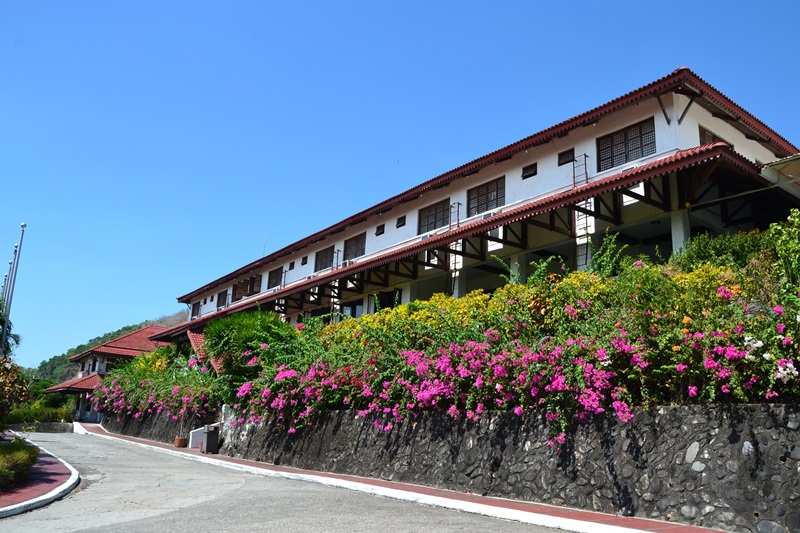
The Corregidor Hotel is the only hotel on the island
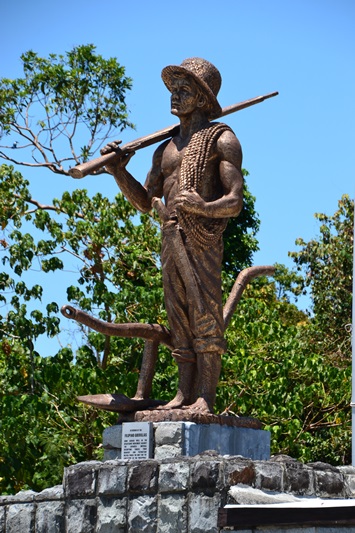
A monument to honor Filipino guerillas who fought bravely against Imperial Forces.
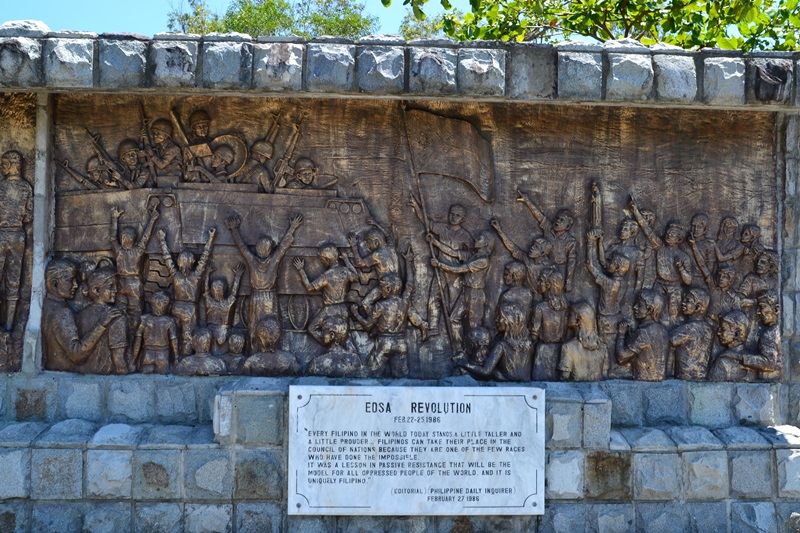
One of several murals at the Filipino Monument
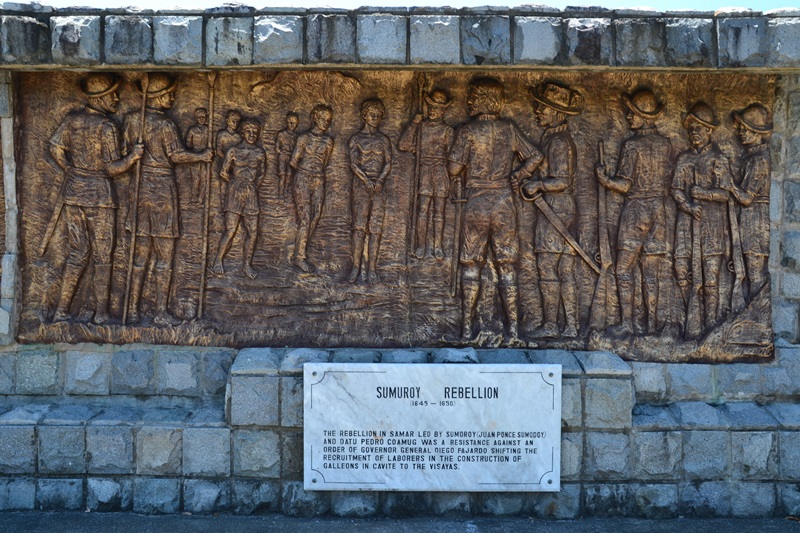
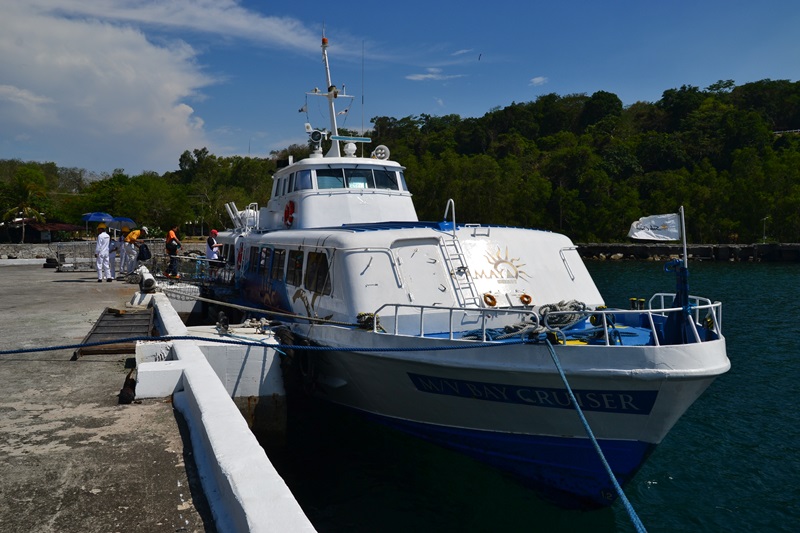
Boarding the Sun Cruises ferry back to Manila Bay
Check out the Manila Bay Boat Tour here
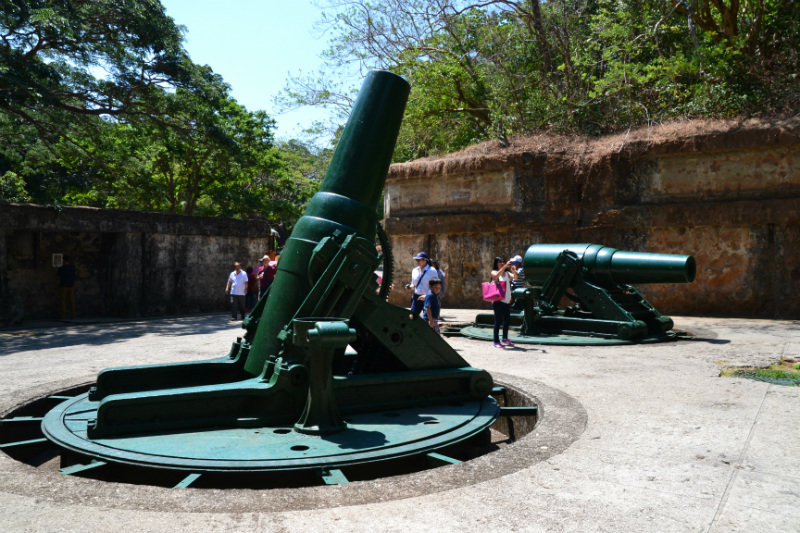
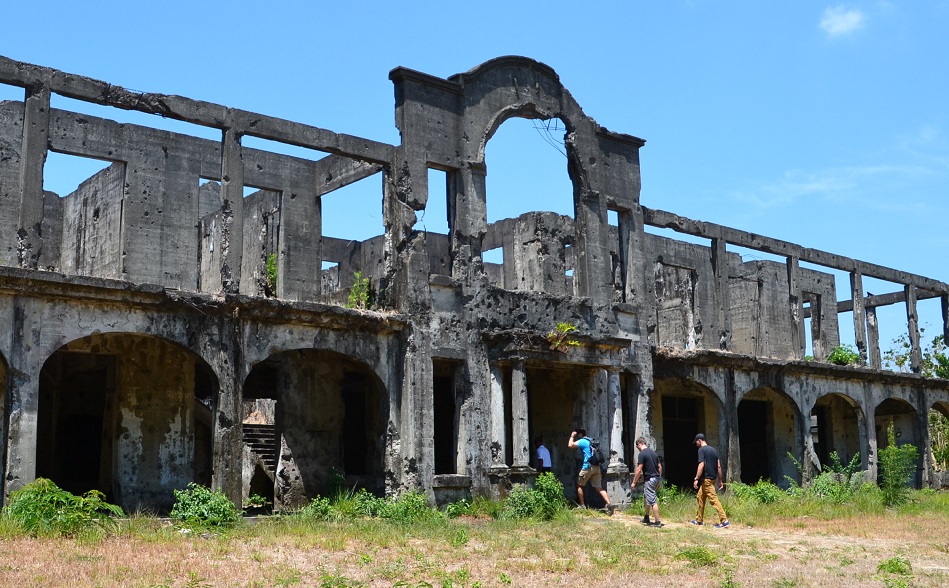
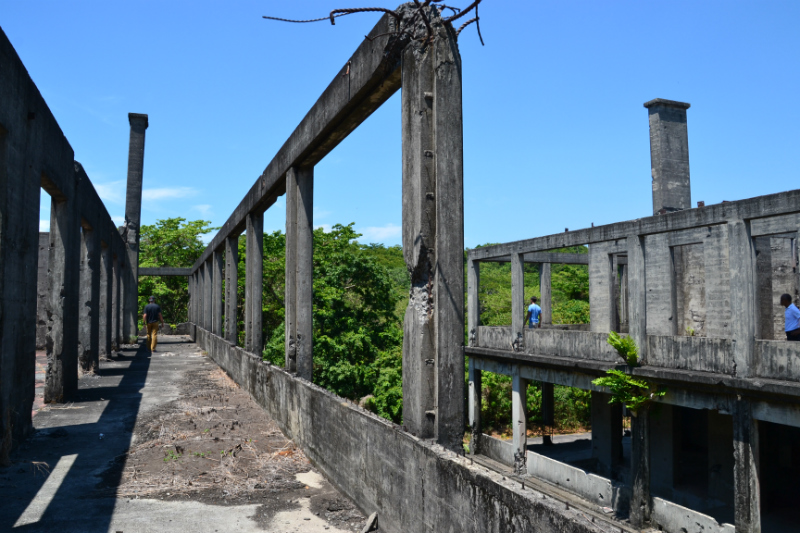
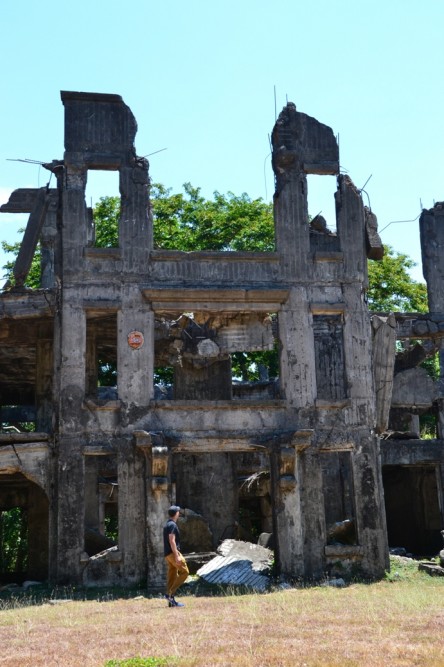
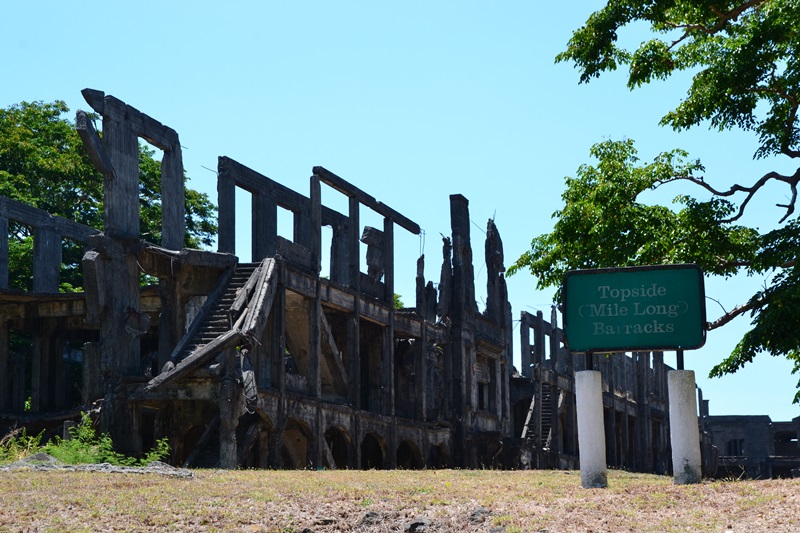
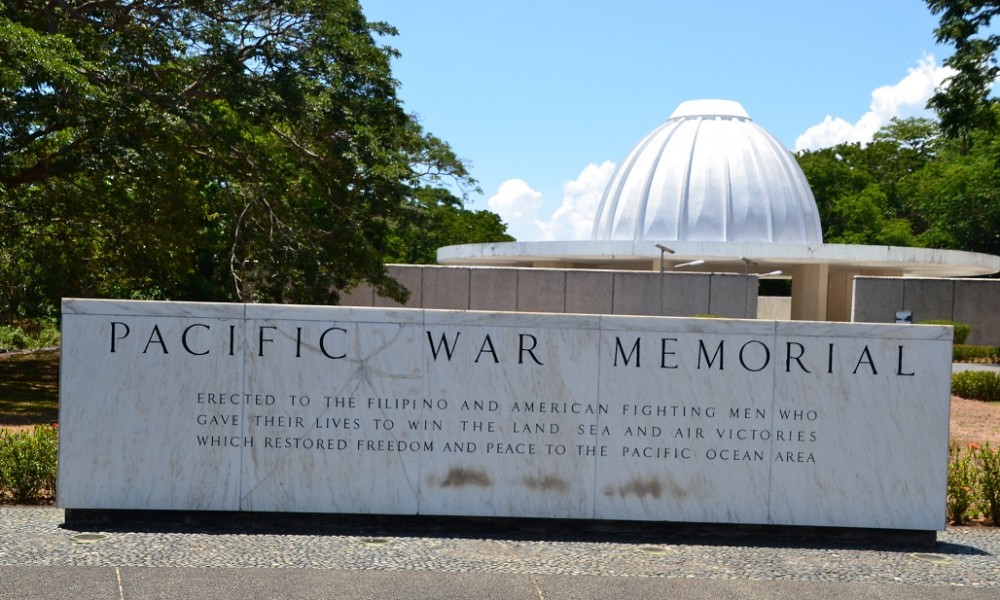
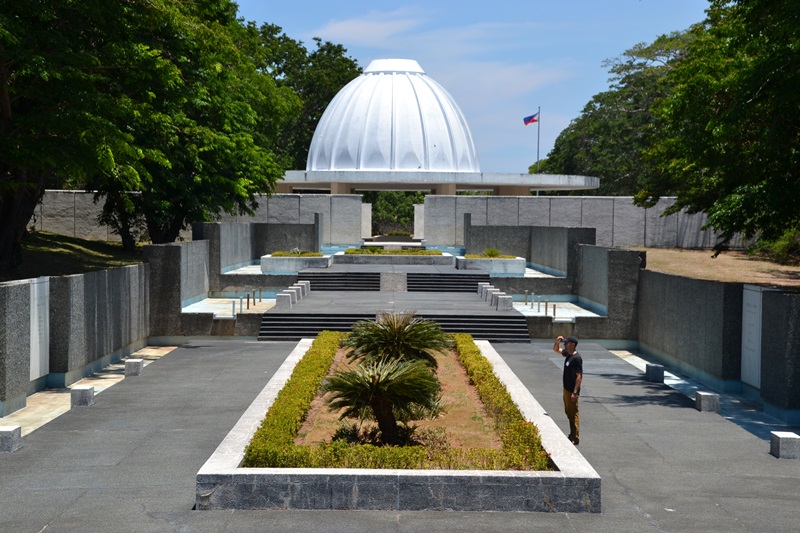
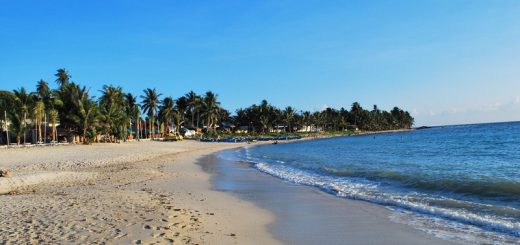

 ">
">

The tour was excellent, the guide was friendly and informative. Corregidor island is a must for anyone interested in World War 2 history. seeing the wrecked old building appearing out of the jungle is amazing.
Hello… May i ask for the tour provider…thanks